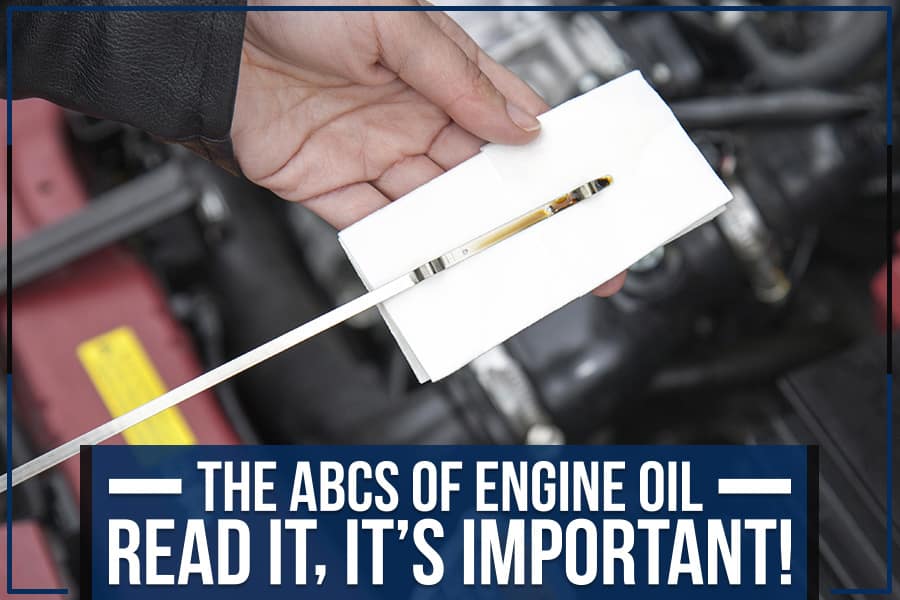Is Hybrid Really Fuel-Efficient? Discover the Truth Behind Hybrid Vehicles
Hybrid cars are typically more fuel-efficient than their gas counterparts since they can switch between their gas and electric motors while being driven. The key reasons to consider buying a hybrid car are to save on gas and help reduce emissions while still getting the range capabilities of a gas car. The Advantages Of Hybrid Vehicles Hybrid vehicles are indeed fuel-efficient due to their ability to switch between gas and electric motors while driving. This allows them to save on gas consumption and reduce emissions, making them a smart choice for those looking to save on fuel costs and contribute to a greener environment. not offer the same level of horsepower as traditional gas-powered cars. However, this trade-off is often worth it for the increased fuel efficiency and environmental benefits that hybrids provide. In this section, we will explore the advantages of hybrid vehicles, focusing on increased fuel efficiency, the role of regenerative braking, the concept of electric motor assistance, and the environmental benefits it brings. ## Increased Fuel Efficiency: How Hybrid Vehicles Save on Fuel Consumption When it comes to fuel efficiency, hybrid vehicles are leading the pack. With a combination of a gas engine and an electric motor, hybrids can seamlessly switch between the two power sources, optimizing fuel consumption. The electric motor assists the gas engine during acceleration and at low speeds, reducing the workload on the engine and conserving fuel. This advanced technology allows hybrids to achieve higher miles per gallon (MPG) compared to their gas counterparts. ## The Role of Regenerative Braking in Fuel Efficiency Regenerative braking is a key feature in hybrid vehicles that contributes to their fuel efficiency. Traditional cars dissipate energy generated during braking as heat, resulting in wasted energy. However, hybrids capture this energy through regenerative braking and convert it into electricity. This electricity is then stored in the vehicle’s battery and used to power the electric motor. By harnessing this otherwise wasted energy, hybrids maximize fuel efficiency and extend their overall range. ## Understanding the Concept of Electric Motor Assistance One of the primary advantages of hybrid vehicles is the concept of electric motor assistance. During specific driving conditions, such as low-speed city driving or stop-and-go traffic, hybrids can rely solely on the electric motor, consuming zero fuel. This electric motor assistance significantly reduces fuel consumption and emissions in urban environments where fuel efficiency tends to be lower. By cleverly utilizing the electric motor, hybrid vehicles optimize their fuel efficiency based on the driving conditions. ## Environmental Benefits: Lower Emissions and Reduced Carbon Footprint Hybrid vehicles offer substantial environmental benefits, thanks to their lower emissions and reduced carbon footprint. By relying on the electric motor, hybrids produce fewer tailpipe emissions, reducing air pollution and contributing to improved air quality. Additionally, the ability to consume less fuel means fewer greenhouse gas emissions, helping to combat climate change. By choosing a hybrid vehicle, drivers can make a positive impact on the environment and contribute to a cleaner and more sustainable future. ## Long-Term Cost Savings: Calculating the Potential Savings on Fuel Expenses In addition to the environmental benefits, hybrid vehicles provide long-term cost savings, primarily through reduced fuel expenses. By consuming less fuel compared to gas-powered cars, hybrid owners can save a significant amount of money at the pump. To calculate the potential savings, it’s important to consider factors such as the vehicle’s fuel efficiency, fuel prices, and individual driving habits. By making a wise investment in a hybrid vehicle, drivers can enjoy both the financial and environmental advantages it brings. In conclusion, hybrid vehicles offer numerous advantages, including increased fuel efficiency, the role of regenerative braking, the concept of electric motor assistance, and environmental benefits. By choosing a hybrid vehicle, drivers can save on fuel expenses, reduce their carbon footprint, and enjoy the best of both worlds with the range capabilities of a gas car. With the continuous advancements in hybrid technology, these vehicles are becoming increasingly popular, and their benefits make them a smart choice for today’s eco-conscious drivers. Credit: www.npr.org The Science Behind Hybrid Efficiency Exploring The Internal Combustion Engines Used In Hybrid Vehicles Hybrid vehicles are equipped with both a gas engine and an electric motor, making them unique in terms of their powertrain architecture. The internal combustion engine used in hybrid vehicles operates similarly to those found in conventional gas-powered vehicles. It relies on the combustion of fuel (gasoline) to generate power. However, in hybrid vehicles, the engine is usually smaller and more efficient compared to their conventional counterparts. Understanding The Role Of The Electric Motor In Improving Efficiency The electric motor in hybrid vehicles plays a critical role in enhancing fuel efficiency. Unlike conventional gas-powered vehicles, hybrids can harness the power of electricity to assist the engine during acceleration and provide additional power when needed. This allows the engine to operate at its most efficient range, resulting in lower fuel consumption. Furthermore, hybrid vehicles utilize regenerative braking technology, which converts kinetic energy into electricity to recharge the battery. As a result, the electric motor helps reduce the overall reliance on the gas engine, leading to improved fuel efficiency. Comparing Fuel Efficiency Between Hybrid And Conventional Gas-powered Vehicles When it comes to fuel efficiency, hybrid vehicles outperform their conventional gas-powered counterparts. The combination of a smaller, more efficient internal combustion engine and the assistance of an electric motor allows hybrids to achieve higher mileage per gallon of fuel. This is particularly noticeable in city driving conditions, where hybrids excel due to their ability to operate solely on electric power at lower speeds. While hybrids may not showcase a significant difference in fuel efficiency during highway driving, they still offer a notable advantage. Factors Contributing To Better Fuel Mileage In Hybrid Vehicles Several factors contribute to the improved fuel mileage of hybrid vehicles: The use of regenerative braking technology, which captures and stores energy that would otherwise be lost during braking. The ability to switch between the gas engine and electric motor, optimizing power delivery for different
Is Hybrid Really Fuel-Efficient? Discover the Truth Behind Hybrid Vehicles Read More »





